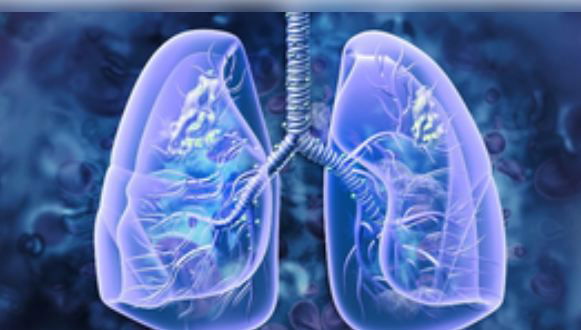Health
Patients with existing lung problems are more susceptible to lung cancer, warns study

New Delhi, Sep 2
People with lung problems like chronic obstructive pulmonary disease (COPD) and asthma, may experience delays in receiving a lung cancer diagnosis, according to a recent study.
The study, led by researchers at Brighton and Sussex Medical School (BSMS), examined hospital and general practitioner data from 11,870 patients in England who were diagnosed with lung cancer between 1990 and 2019.
A study by Dr Imogen Roger from the BSMS found that patients with "alternative explanations" for lung cancer symptoms experienced significant delays in diagnosis. Patients with one condition, like COPD or asthma, were diagnosed 31 days later, while those with two or more conditions experienced an even longer delay, 74 days on average in that case.
The study also discovered that once age, sex, and smoking history were taken into account, diseases like diabetes or arthritis that put "competing demands" on a general practitioner's time did not significantly affect the time to lung cancer diagnosis.
The factor that was found to cause the largest delay in the identification of lung cancer was COPD; patients with the condition were diagnosed 59 days later than those without it.
Updated clinical recommendations are especially important for people with chronic obstructive pulmonary disease (COPD), the study emphasises. According to the research, COPD may conceal early signs of lung cancer, delaying identification and treatment. The study team notes how critical it is to increase healthcare workers' awareness in order to shorten diagnostic turnaround times and enhance patient outcomes.
This research underscores the need for heightened vigilance in patients with chronic respiratory conditions. It is important to understand that lung cancer symptoms can be mislabeled as COPD in order to expedite detection and treatment.
The research aims to enhance early identification and treatment of lung cancer in individuals with COPD by revising clinical standards and raising awareness, which will ultimately result in better health outcomes. The conclusions highlight the importance of quick thinking and attentive monitoring, with significant ramifications for both patients and healthcare providers.



































